To craft your perfect cutting meal plan, start by calculating your caloric deficit. Prioritize protein intake to maintain muscle mass, aiming for 1.6-2.2 grams per kilogram of body weight. Balance your macronutrients effectively, incorporating complex carbs and healthy fats. Time your meals strategically, eating every 3-4 hours to stabilize blood sugar. Focus on nutrient-dense foods that are low in calories but rich in vitamins and minerals. Stay hydrated by drinking 8-10 glasses of water daily. Finally, plan for flexible eating to sustain long-term adherence. These tips will set you on the path to successful weight loss while preserving muscle.
Core Insight
- Calculate your caloric deficit by determining TDEE and subtracting 300-500 calories for moderate weight loss.
- Prioritize protein intake, aiming for 1.6 to 2.2 grams per kilogram of body weight daily.
- Balance macronutrients effectively, adjusting for fat loss while incorporating complex carbs and healthy fats.
- Time meals strategically, eating every 3-4 hours and focusing on protein-rich meals for optimal nutrient absorption.
- Incorporate nutrient-dense foods, choosing lean proteins, colorful vegetables, and complex carbohydrates for fuel and recovery.
Calculate Your Caloric Deficit
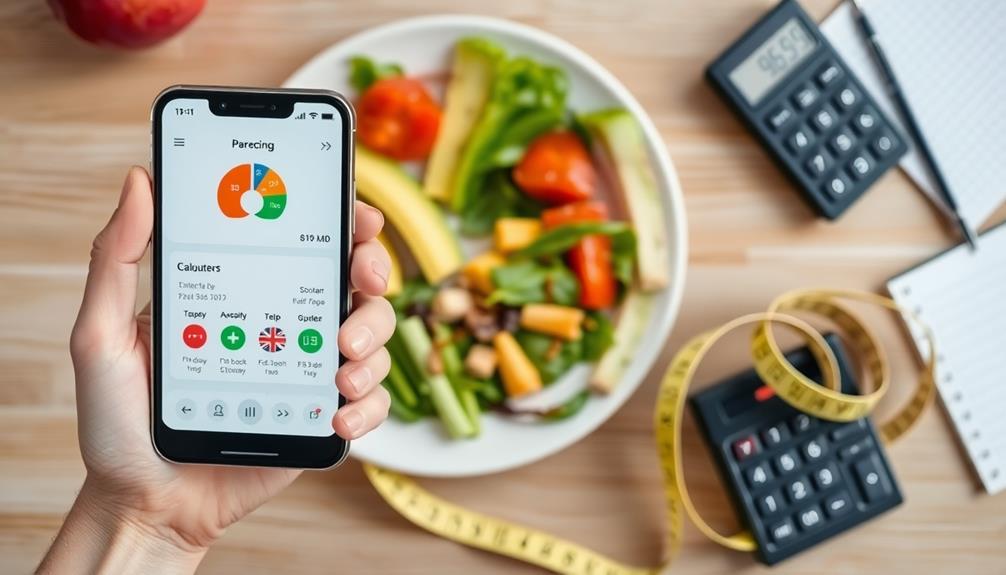
To start cutting, you need to figure out your calorie deficit. This means finding how many calories you should eat each day to lose weight slowly and safely. Cutting calories too much can be unhealthy.
First, calculate your Total Daily Energy Expenditure (TDEE). This is the total calories your body burns in a day. You can use online calculators or ask a nutritionist for help. Once you know your TDEE, subtract 300-500 calories to make a moderate deficit. This will help you lose 0.5-1 pound per week, which is a healthy rate.
Prioritize Protein Intake
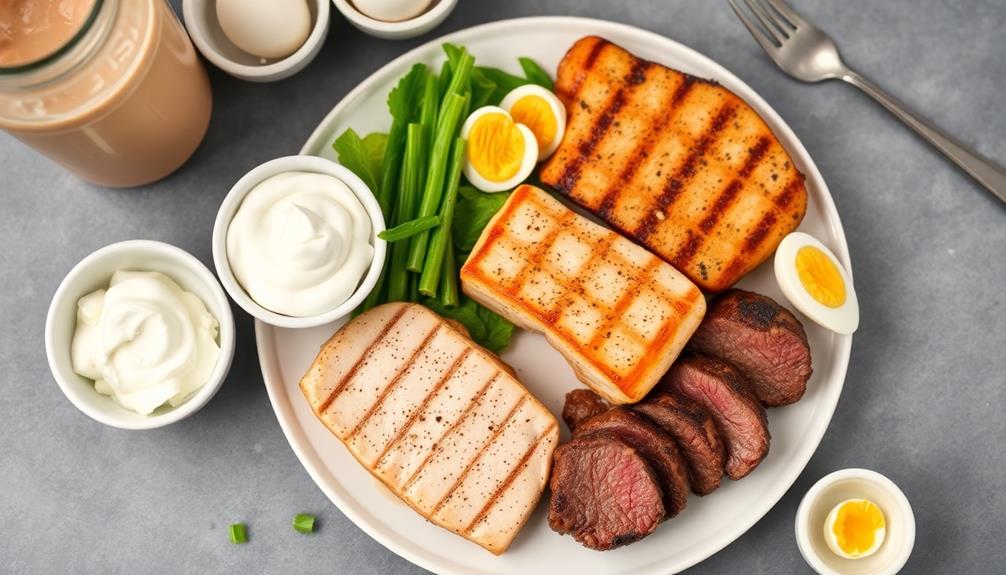
Protein is key when cutting calories. Your body might break down muscle for energy if you don't eat enough. Aim for 1.6 to 2.2 grams of protein per kilogram of body weight each day. This will help keep your muscles and make you feel full. Recovery supplements can also support muscle repair and prevent breakdown while cutting.
To hit your protein goals, eat lean protein at every meal. Great choices include:
- Chicken breast
- Lean beef
- Fish like salmon or tilapia
- Greek yogurt
Balance Macronutrients Effectively

Balancing carbs and fats is key for an effective cutting meal plan. You need to adjust your macros to support fat loss while keeping muscle. Eat moderate amounts of complex carbs to fuel workouts and recover well. Include healthy fats for hormone production and overall health. Follow OnWhey's nutrition guidelines for best results. A balanced approach helps you reach your fitness goals.
Here's how to balance your macros:
- Figure out your daily calorie needs
- Calculate how much protein you require
- Split the rest of your calories between carbs and fats
A typical macro split for cutting is:
- Protein: 30-35%
- Carbs: 40-45%
- Fats: 20-25%
Time Your Meals Strategically
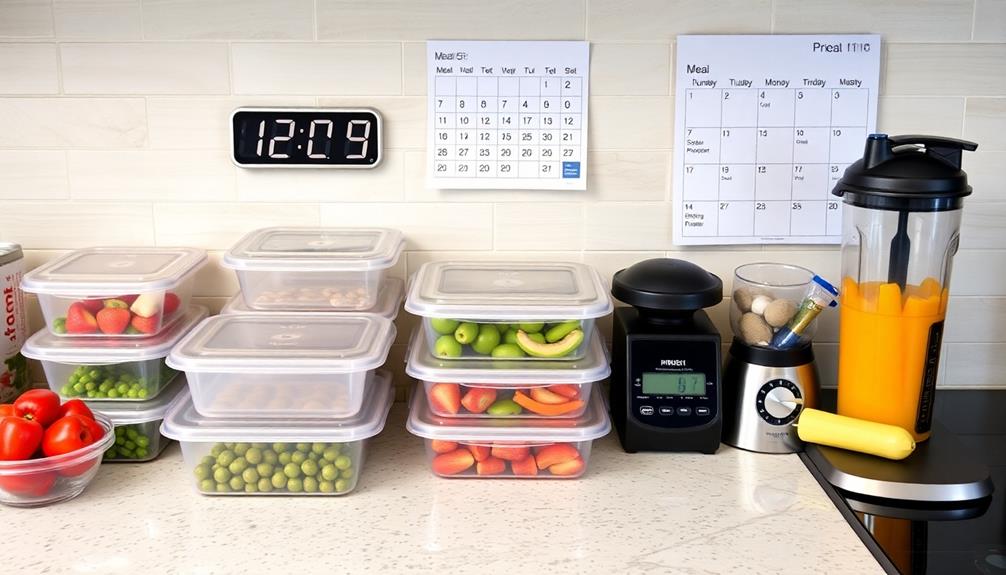
Timing your meals right can boost your cutting results. Plan when you eat to make the most of nutrients and energy. Eat a protein-packed breakfast to rev up your metabolism and manage hunger. Eat every 3-4 hours to keep blood sugar steady and avoid overeating. Tailor your meal plan to your needs and goals for the best results.
Try these meal timing tips for success:
- Have a pre-workout meal 1-2 hours before exercise
- Eat a post-workout meal 30-60 minutes after training
- Eat your biggest meal after your workout
- Skip heavy meals close to bedtime
Tweak your meal timing to fit your routine and preferences. Pay attention to your body and adjust as needed. Use these tips to get the most out of cutting and reach your goals faster.
Incorporate Nutrient-Dense Foods
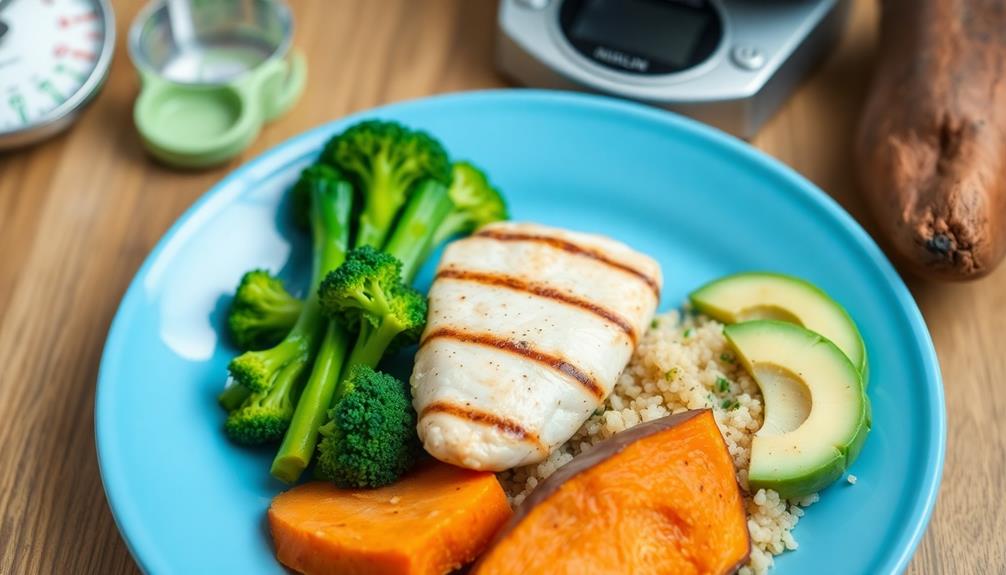
When you're cutting, what you eat is just as important as when you eat. Fill your plate with foods that are packed with nutrients. These foods give your body vitamins, minerals, and other good stuff while keeping calories low. If you're doing keto, supplements can give you extra support. Think about adding supplements to get better results and stay healthy.
Make sure to eat plenty of lean proteins like chicken breast, fish, and egg whites. These will help you keep your muscle while cutting. Load up on colorful veggies too. They have fiber, nutrients, and will help fill you up. Don't skip complex carbs like sweet potatoes, quinoa, and oats. They give you energy for your workouts.
Healthy fats are important too, but don't go overboard. Good sources are avocados, nuts, and olive oil. When you choose foods that are full of nutrients, your body will have the fuel it needs to work and recover, even when you're eating fewer calories.
Stay Hydrated

Staying hydrated is crucial when following a cutting meal plan. Water is essential for your body to function properly, especially during weight loss. It can help curb hunger, increase metabolism, and remove toxins from your body. Drink at least 8-10 glasses of water each day, and adjust this amount based on how active you are and the weather. To improve hydration and balance electrolytes, try adding coconut water to your daily routine, as it contains natural electrolytes and potassium.
Tips for staying hydrated:
- Always carry a water bottle with you
- Use your phone to set reminders to drink water
- Choose water-rich foods like cucumbers and watermelon
- Swap sugary beverages for water or unsweetened tea
Plan for Flexible Eating
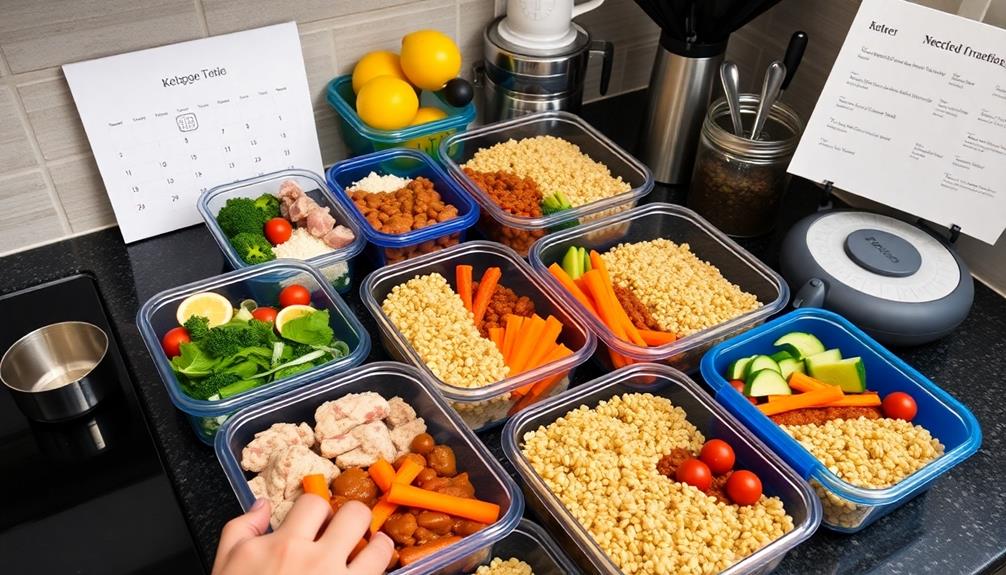
Flexible eating makes it easier to stick with your cutting meal plan. It lets you adapt your diet to fit your lifestyle. You can enjoy social events and treats now and then without going off track.
Follow this simple flexible eating guide during your cut:
| Meal | Flexible Option | Fixed Option |
|---|---|---|
| Breakfast | Smoothie bowl | Oatmeal |
| Lunch | Salad with protein | Meal prep |
| Dinner | Homemade stir-fry | Grilled protein |
| Snacks | Greek yogurt | Protein shake |
Frequently Asked Questions
How Long Should a Cutting Phase Typically Last?
You'll typically want your cutting phase to last between 8 to 16 weeks. It depends on your starting body fat percentage and goals. Don't rush it; aim for a gradual, sustainable fat loss of 0.5-1% per week.
Can I Still Build Muscle While on a Cutting Meal Plan?
Yes, you can still build muscle while cutting. It's challenging but possible through proper nutrition and training. Focus on high protein intake, maintain strength training, and guarantee a moderate calorie deficit. Be patient, as progress may be slower.
Should I Adjust My Workout Routine During a Cutting Phase?
Yes, you should adjust your workout routine during a cutting phase. You'll want to maintain muscle mass while reducing body fat. Focus on strength training, incorporate more high-intensity interval training, and slightly reduce overall workout volume to prevent overtraining.
Are There Specific Supplements Recommended for Cutting Meal Plans?
You'll find several supplements beneficial during cutting. Consider adding protein powder, BCAAs, and a multivitamin to your regimen. Creatine can help maintain muscle mass, while caffeine and green tea extract may boost your metabolism and energy levels.
How Do I Maintain Energy Levels While Following a Cutting Meal Plan?
To maintain energy while cutting, focus on balanced meals with complex carbs and lean proteins. Don't skip meals, stay hydrated, and consider timing your carb intake around workouts. Get enough sleep and manage stress for peak energy levels.

